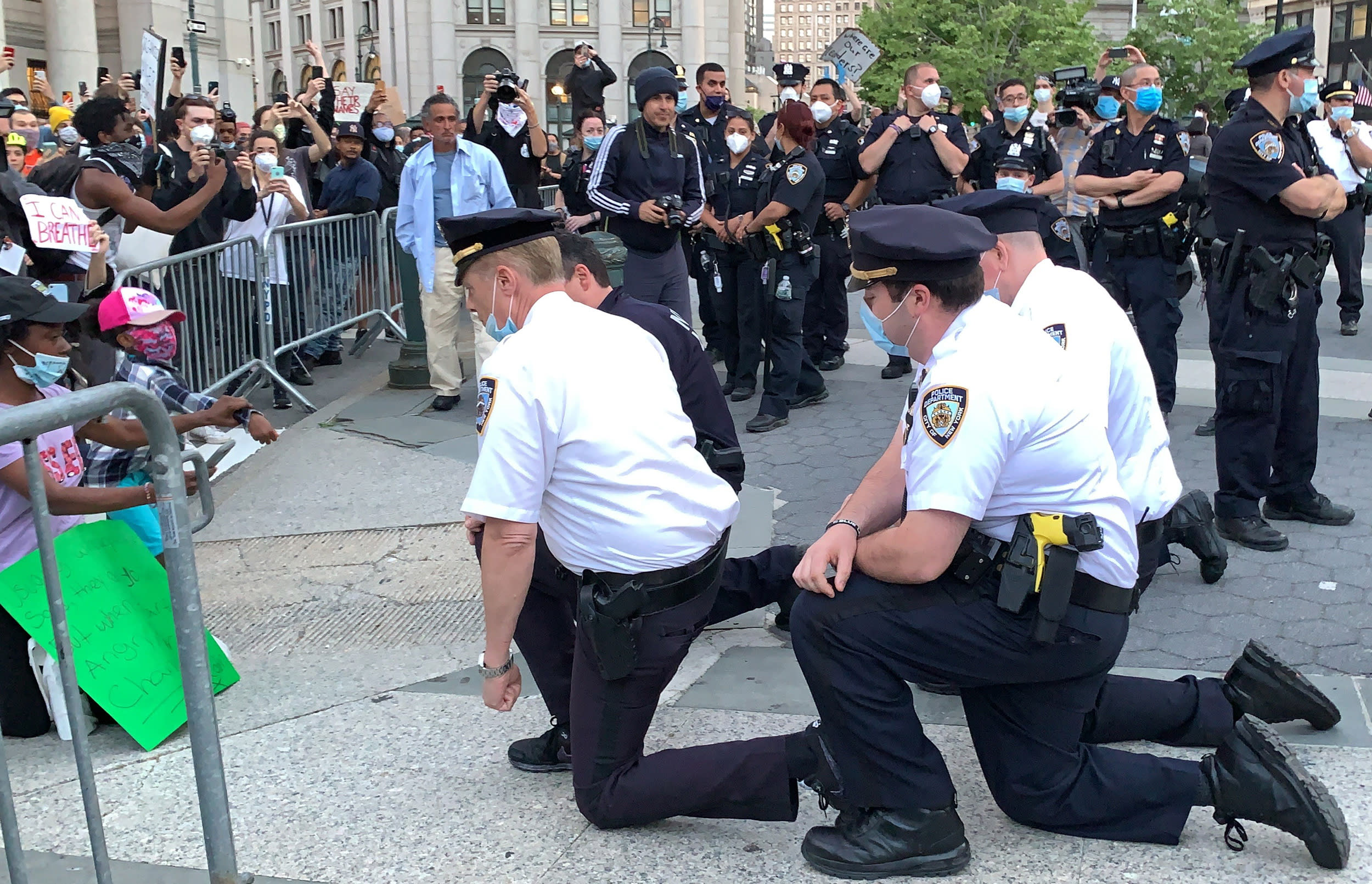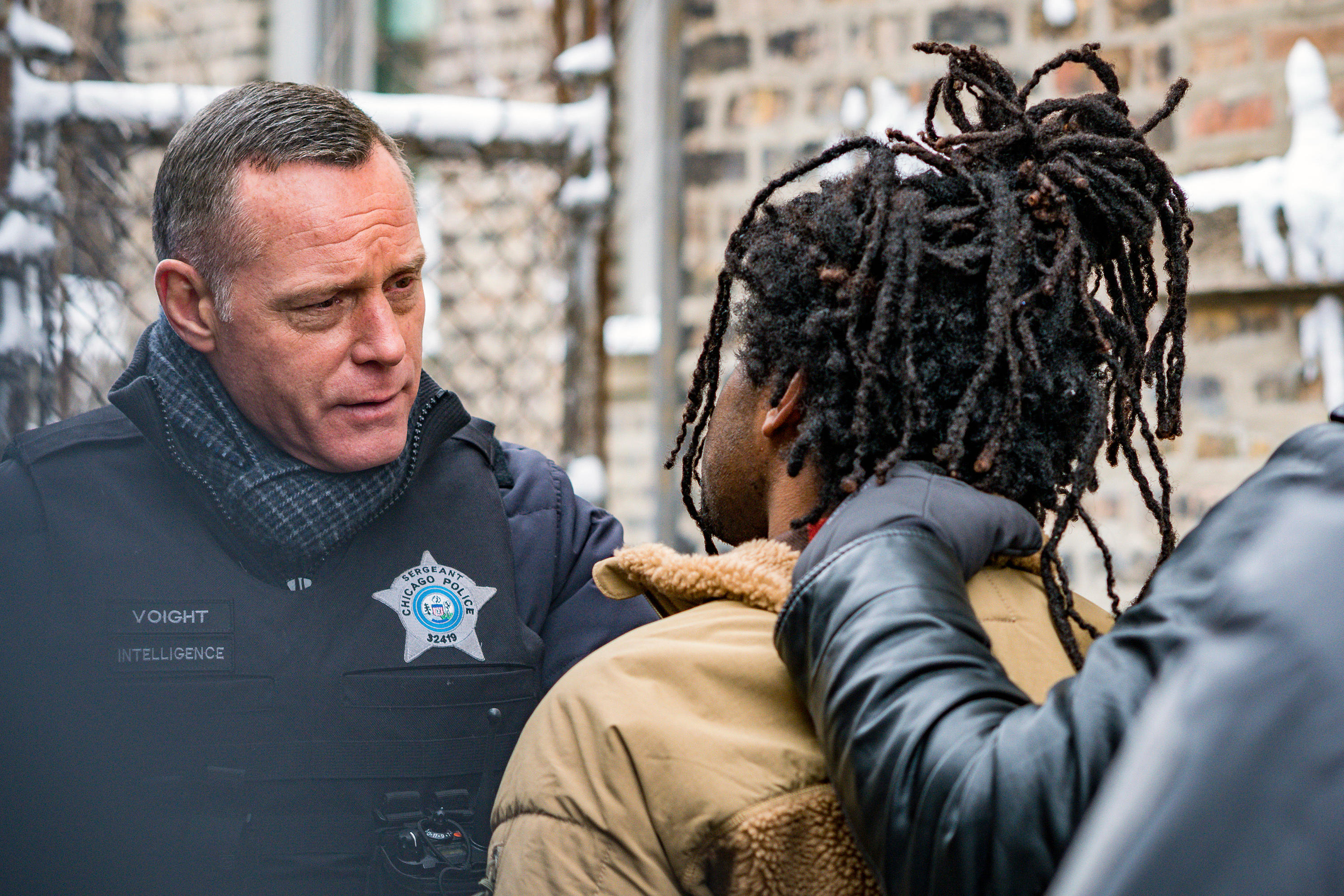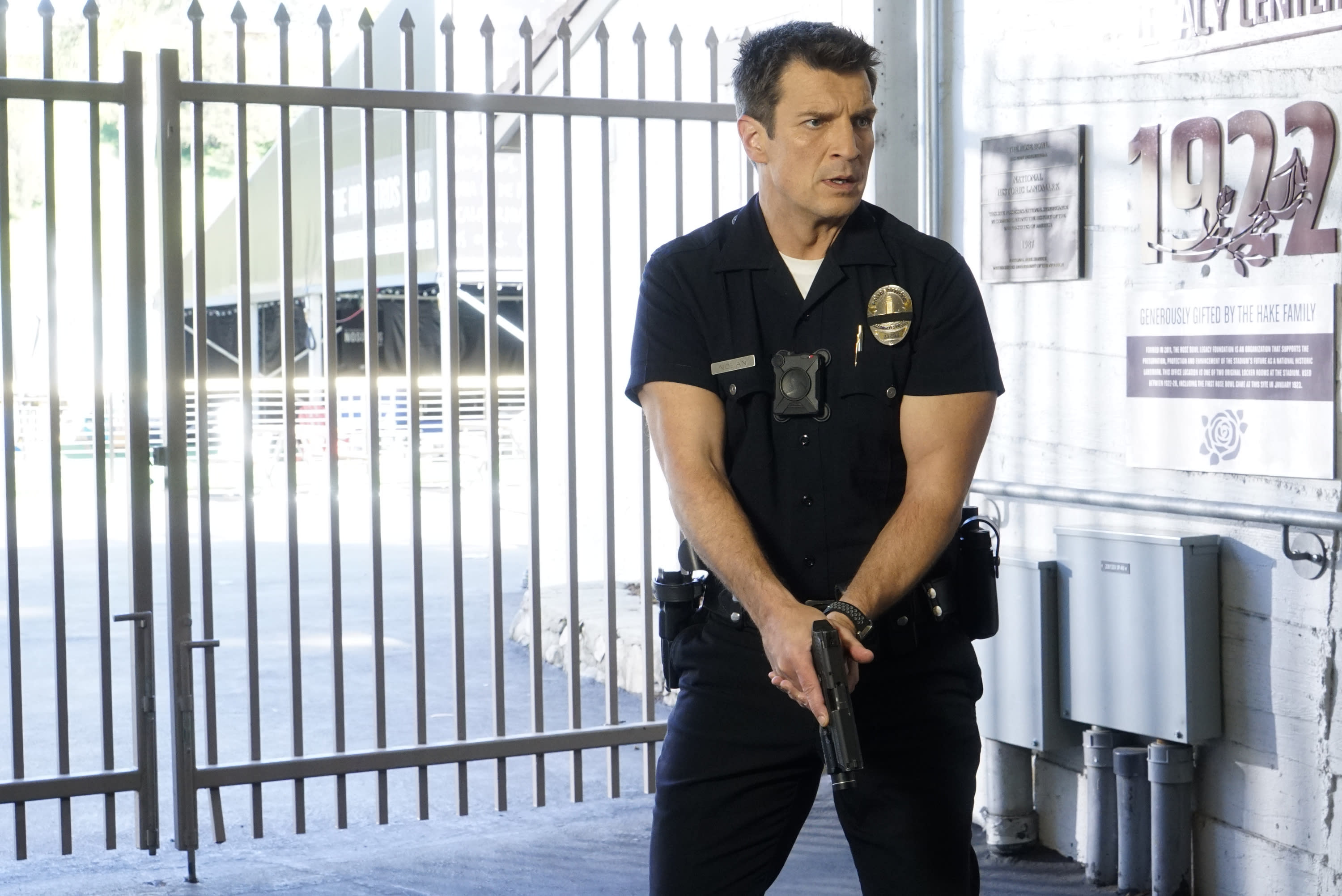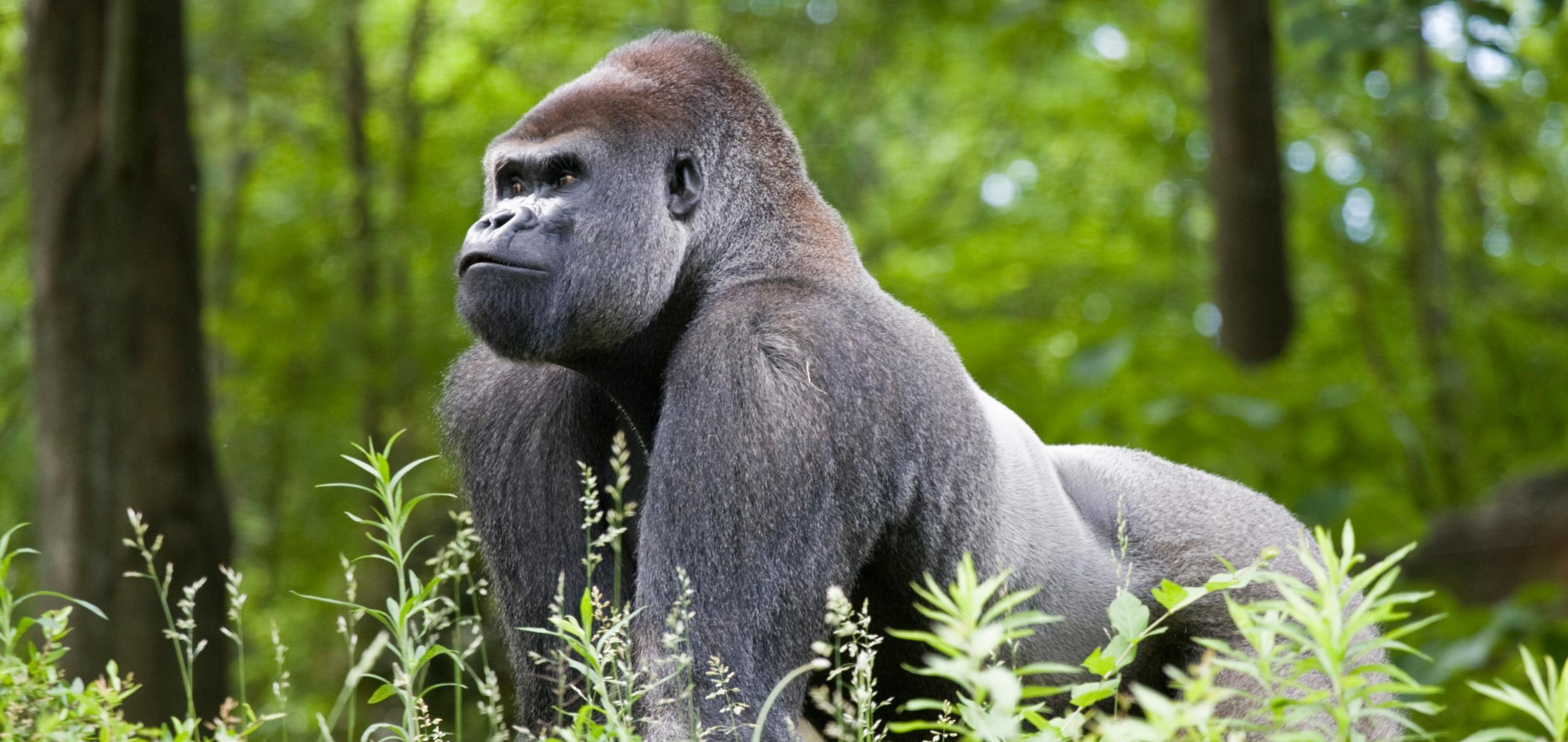AGAINST POLICE BRUTALITY
IT WAS TWO BLACK QUEENS WHO LED THE PROTESTS
Beth Greenfield ·Senior Editor June 2, 2020, 12:23 PM MDT

Beth Greenfield ·Senior Editor June 2, 2020, 12:23 PM MDT

The Black Lives Matter and LGBTQ equality movements must support each other, note activists at the start of LGBTQ Pride Month. Here, in a scene from San Francisco Pride 2017, the messages intermingled. (Photo: Elijah Nouvelage/Getty Images)More
June is LGBTQ Pride Month. But it’s starting out in a way that no one predicted: With Pride organizers shifting their focus to the current racial unrest, and LGBTQ organizations — over 100 at last count — signing on to an open letter pledging support to George Floyd protests across the nation, in a show of solidarity denouncing racism.
“‘If you are neutral in situations of injustice, you have chosen the side of the oppressor.’ Those words, written over 30 years ago by Archbishop Desmond Tutu, remind us that indifference can never bridge the divide of hate,” the letter begins. “And, today, they should serve as a call to action to all of us, and to the Movement for LGBTQ equality.”
The letter, which invokes not only Floyd’s name but of other victims of racist violence, including Breonna Taylor and Ahmaud Arbery, has been signed by a fast-growing number of organizations — from major players such as GLAAD and the Human Rights Campaign and the National LGBTQ Task Force to smaller groups including Louisiana Trans Activists, Out Boulder County and Project PRIDE Sarasota. It makes connections between the protests of today and the roots of the gay civil rights movement.
“We, the undersigned, recognize we cannot remain neutral, nor will awareness substitute for action. The LGBTQ community knows about the work of resisting police brutality and violence,” it notes. “We celebrate June as Pride Month, because it commemorates, in part, our resisting police harassment and brutality at Stonewall in New York City, and earlier in California, when such violence was common and expected. We remember it as a breakthrough moment when we refused to accept humiliation and fear as the price of living fully, freely, and authentically.”
While planned Pride Month celebrations have already been completely altered by being moved online because of the coronavirus pandemic and social distancing measures, the latest national events are further impacting the lens through which Pride is being viewed, both officially and through scores of social media posts.
This pride month, we remember the reason we have the rights we do today. We thank the black trans woman who rioted and protested for us. If you do not support Black Lives Matter, do not celebrate Pride. pic.twitter.com/zbhht1NLzk
— rimie rat🌸 (@naeclue) June 1, 2020
pride 51 years ago vs black lives matter today pic.twitter.com/efJrMRZQjn
— slo 🤠🇰🇭 (@slohjm) June 1, 2020
The Stonewall riots were lead by queer POC and were a massive catalyst to the LGBTQ rights movements. If u are queer but dont stand with the Black Lives Matter movement maybe opt out of celebrating pride this month n think about why we have the rights we have. pic.twitter.com/kQ4btTG7Pr
— 𝖗𝖊𝖉𝖗𝖚𝖒 (@prodbyredrum) June 1, 2020
In light of the Black Lives Matter movement and the beginning of Pride Month, let’s talk about the black trans woman that aided and led the LGBTQ+ community into gaining equal rights: Marsha P. Johnson pic.twitter.com/xqTFQp3VcZ
— 𝕔𝕣𝕚𝕤🥱 (@cristaystay) June 1, 2020
“There’s no way you can talk about our community without addressing race,” Julian Sanjivan, co-president of InterPride, tells Yahoo Life. As the former director of New York City’s Pride March, and now deeply involved with the international organization of global Pride events, including the upcoming virtual Global Pride, Sanjivan says they’ve realized “just how intersectional this community is.”
They add, “Within the LGBTQ+ community, at any given point of time, you could see a person who is trans and a person of color and an immigrant, and there are so many other layers to that… within our community and within a single person.”
That’s why kicking off the month with a powerful show of solidarity with protesters became a priority.
“I think people forget that Pride started off because of riots — Stonewall was a riot, after all. We may not have seen a lot of the progress with the LGBT community if that first brick was not thrown in 1969,” Sanjivan says. “So, it was an uprising and still is. It’s not like we’ve achieved equality… [Pride is] a celebration of who we are, loving whoever you love, celebrating your chosen family, and for some, coming out — but it’s also a protest to be recognized. And with the current administration we have, a lot of what we’ve achieved over the years has slowly been taken away. Pride is always a combination of celebration and protest.”
GLAAD’s president and CEO Sarah Kate Ellis weighed in with a statement on the organization’s website. “Today marks the first day of Pride Month, and although it may look different this year, the spirit of Pride continues to live on in our community’s resilience in the fight for equality and acceptance for all,” she noted. “And at this very time in our country’s history, this fight has never been more significant… This Pride Month, we’ll be centering and lifting up the voices of Black LGBTQ people. There can be no Pride if it is not intersectional. We are Together in Pride. Black Lives Matter.”
The open letter also mentions Christian Cooper, the black gay man who was targeted by a white woman in Central Park. It also points out the unending rash of violence against trans individuals, particularly transgender women of color, citing the names of the dozen of trans people who have been murdered already this year — Dustin Parker, Neulisa Luciano Ruiz, Yampi Méndez Arocho, Monika Diamond, Lexi, Johanna Metzger, Serena Angelique Velázquez Ramos, Layla Pelaez Sánchez, Penélope Díaz Ramírez, Nina Pop, Helle Jae O’Regan and Tony McDade.
#TonyMcDade, we say your name. https://t.co/pfgzkfbJaI
— Out Magazine (@outmagazine) May 29, 2020
“It is no exaggeration to describe it as an epidemic of violence,” the letter points out.
if you are not supporting the black lives matter protests then i don’t want to see you celebrating pride month. remember your history pic.twitter.com/1yrJwg8cxm
— e (@fetishwasabi) June 1, 2020
Similar efforts to raise awareness around the killing of black trans women infused Pride events last year when the series of murders was often discussed in the context of irony, as it was people of color, including late activist Marsha P. Johnson, who played a major role at Stonewall and in the activism that followed.
Read more from Yahoo Life:
Prompted by calls to 'give grace' to cop who killed George Floyd, black activists question the rush to forgive
Why coronavirus mask-wearing orders leave black Americans facing a tough decision
Shuttered LGBTQ community centers feel shutdown fallout: ‘It’s been really hard’
Want daily lifestyle and wellness news delivered to your inbox? Sign up here for Yahoo Life’s newsletter.
0:05
3:03
George Floyd Protesters Get Creative in Moments of Solidarity
TRENDING
1.
Should you form a COVID-19 'double bubble?'
2.
June is LGBTQ Pride Month. But it’s starting out in a way that no one predicted: With Pride organizers shifting their focus to the current racial unrest, and LGBTQ organizations — over 100 at last count — signing on to an open letter pledging support to George Floyd protests across the nation, in a show of solidarity denouncing racism.
“‘If you are neutral in situations of injustice, you have chosen the side of the oppressor.’ Those words, written over 30 years ago by Archbishop Desmond Tutu, remind us that indifference can never bridge the divide of hate,” the letter begins. “And, today, they should serve as a call to action to all of us, and to the Movement for LGBTQ equality.”
The letter, which invokes not only Floyd’s name but of other victims of racist violence, including Breonna Taylor and Ahmaud Arbery, has been signed by a fast-growing number of organizations — from major players such as GLAAD and the Human Rights Campaign and the National LGBTQ Task Force to smaller groups including Louisiana Trans Activists, Out Boulder County and Project PRIDE Sarasota. It makes connections between the protests of today and the roots of the gay civil rights movement.
“We, the undersigned, recognize we cannot remain neutral, nor will awareness substitute for action. The LGBTQ community knows about the work of resisting police brutality and violence,” it notes. “We celebrate June as Pride Month, because it commemorates, in part, our resisting police harassment and brutality at Stonewall in New York City, and earlier in California, when such violence was common and expected. We remember it as a breakthrough moment when we refused to accept humiliation and fear as the price of living fully, freely, and authentically.”
While planned Pride Month celebrations have already been completely altered by being moved online because of the coronavirus pandemic and social distancing measures, the latest national events are further impacting the lens through which Pride is being viewed, both officially and through scores of social media posts.
This pride month, we remember the reason we have the rights we do today. We thank the black trans woman who rioted and protested for us. If you do not support Black Lives Matter, do not celebrate Pride. pic.twitter.com/zbhht1NLzk
— rimie rat🌸 (@naeclue) June 1, 2020
pride 51 years ago vs black lives matter today pic.twitter.com/efJrMRZQjn
— slo 🤠🇰🇭 (@slohjm) June 1, 2020
The Stonewall riots were lead by queer POC and were a massive catalyst to the LGBTQ rights movements. If u are queer but dont stand with the Black Lives Matter movement maybe opt out of celebrating pride this month n think about why we have the rights we have. pic.twitter.com/kQ4btTG7Pr
— 𝖗𝖊𝖉𝖗𝖚𝖒 (@prodbyredrum) June 1, 2020
In light of the Black Lives Matter movement and the beginning of Pride Month, let’s talk about the black trans woman that aided and led the LGBTQ+ community into gaining equal rights: Marsha P. Johnson pic.twitter.com/xqTFQp3VcZ
— 𝕔𝕣𝕚𝕤🥱 (@cristaystay) June 1, 2020
“There’s no way you can talk about our community without addressing race,” Julian Sanjivan, co-president of InterPride, tells Yahoo Life. As the former director of New York City’s Pride March, and now deeply involved with the international organization of global Pride events, including the upcoming virtual Global Pride, Sanjivan says they’ve realized “just how intersectional this community is.”
They add, “Within the LGBTQ+ community, at any given point of time, you could see a person who is trans and a person of color and an immigrant, and there are so many other layers to that… within our community and within a single person.”
That’s why kicking off the month with a powerful show of solidarity with protesters became a priority.
“I think people forget that Pride started off because of riots — Stonewall was a riot, after all. We may not have seen a lot of the progress with the LGBT community if that first brick was not thrown in 1969,” Sanjivan says. “So, it was an uprising and still is. It’s not like we’ve achieved equality… [Pride is] a celebration of who we are, loving whoever you love, celebrating your chosen family, and for some, coming out — but it’s also a protest to be recognized. And with the current administration we have, a lot of what we’ve achieved over the years has slowly been taken away. Pride is always a combination of celebration and protest.”
GLAAD’s president and CEO Sarah Kate Ellis weighed in with a statement on the organization’s website. “Today marks the first day of Pride Month, and although it may look different this year, the spirit of Pride continues to live on in our community’s resilience in the fight for equality and acceptance for all,” she noted. “And at this very time in our country’s history, this fight has never been more significant… This Pride Month, we’ll be centering and lifting up the voices of Black LGBTQ people. There can be no Pride if it is not intersectional. We are Together in Pride. Black Lives Matter.”
The open letter also mentions Christian Cooper, the black gay man who was targeted by a white woman in Central Park. It also points out the unending rash of violence against trans individuals, particularly transgender women of color, citing the names of the dozen of trans people who have been murdered already this year — Dustin Parker, Neulisa Luciano Ruiz, Yampi Méndez Arocho, Monika Diamond, Lexi, Johanna Metzger, Serena Angelique Velázquez Ramos, Layla Pelaez Sánchez, Penélope Díaz Ramírez, Nina Pop, Helle Jae O’Regan and Tony McDade.
#TonyMcDade, we say your name. https://t.co/pfgzkfbJaI
— Out Magazine (@outmagazine) May 29, 2020
“It is no exaggeration to describe it as an epidemic of violence,” the letter points out.
if you are not supporting the black lives matter protests then i don’t want to see you celebrating pride month. remember your history pic.twitter.com/1yrJwg8cxm
— e (@fetishwasabi) June 1, 2020
Similar efforts to raise awareness around the killing of black trans women infused Pride events last year when the series of murders was often discussed in the context of irony, as it was people of color, including late activist Marsha P. Johnson, who played a major role at Stonewall and in the activism that followed.
Read more from Yahoo Life:
Prompted by calls to 'give grace' to cop who killed George Floyd, black activists question the rush to forgive
Why coronavirus mask-wearing orders leave black Americans facing a tough decision
Shuttered LGBTQ community centers feel shutdown fallout: ‘It’s been really hard’
Want daily lifestyle and wellness news delivered to your inbox? Sign up here for Yahoo Life’s newsletter.
0:05
3:03
George Floyd Protesters Get Creative in Moments of Solidarity
TRENDING
1.
Should you form a COVID-19 'double bubble?'
2.





 Police force at the Chicago protests for George Floyd , on May 30, 2020 during a protest against the death of George Floyd, an unarmed black man who died while while being arrested and pinned to the ground by the knee of a Minneapolis police officer.More
Police force at the Chicago protests for George Floyd , on May 30, 2020 during a protest against the death of George Floyd, an unarmed black man who died while while being arrested and pinned to the ground by the knee of a Minneapolis police officer.More


